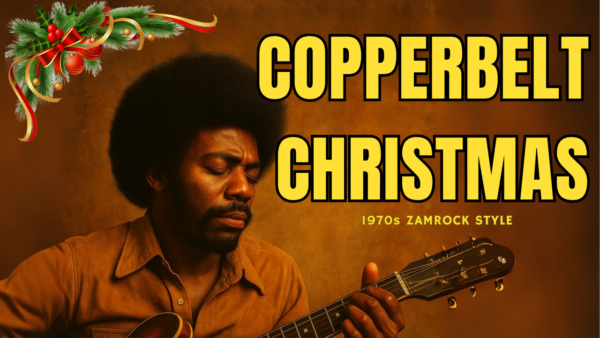In the early 80’s one of my aunties came to visit my parents in Bulangililo, Kitwe. She told us the story of a medicine man she had met who was performing miracles for people. He promised to multiply your old money.
The medicine man would ask a client to present him with a one penny coin from 1953 and a white chicken, and they were asked to return after seven days. The medicine man would take these items to a grave yard at night and perform a special magic ritual. On their return in a week, the client would be presented with a bag full of money. She couldn’t tell us exactly how much money it would be. She however said it was enough for the people who had been to this medicine man to invest in starting their own businesses.
My dad, who never believed in magic rituals stated categorically that these claims sounded like a scam and advised my auntie to stay clear of such people. From the way she agreed with my dad, I thought my mum was wondering whether there was some truth in these claims.
My auntie was the type that travelled widely and would tell us dramatic stories of miracles at the Pentecostal Churches she attended and in peoples’ homes. I always found her stories fascinating. My parents always took what she said with a pinch of salt. This never phased my auntie.
Over time I forgot about this episode but recently something happened that made me wonder whether there was another explanation to the incredible medicine man who promised to multiply your money: I came across a sale on Ebay of a six pence coin that was on sale for $995. At today’s exchange rate of K4,990 this works out at K4,965,050!
Is it possible that this alleged medicine man was actually a coin collector who went and sold these coins at a profit and then shared the spoils with his clients? That now seems to me to be a plausible explanation.
In the early 60’s six pence was a lot of money for a child. You could buy more sweets that you can shake a finger at. It was enough to buy a special treat at Kabombeka shopping centre in Chamboli consisting of custard rice pudding, Sunkist drinks in plastic packs or a chocolate milk drink in a tetrapack and some big tasty buns from Supaloaf Bakery.
When you had coins in your pocket they would jingle as they rubbed against each other, and your friends knew you were “loaded.” We also played games with the coins and learnt to add up money and work out the change when you went to the shops.
Whenever my uncle came to visit us, he would give me a three pence coin (the “Tickey”) or a penny and a two penny coin. This seemed a lot of money to me and I always enjoyed going out and buying myself a treat.
It is difficult to convey the magic a coin held for child in my day to a modern child whose experience is limited to paper money which delivers a less exciting experience in your pocket. They will never know the excitement of picking up a penny as you walk down the street. Nowadays people cannot be bothered to pick up a coin because it is widely regarded as worthless. Shortly after independence, 2 Kwacha was worth 1 British Pound.
The one penny coin used in the Federation of Rhodesia and Nyasaland was special in that it contained a hole in the center. This was apparently deliberately designed to allow poor Africans who had no pockets to be able to run a string through their collection of coins and wear them around the neck like beads.
Six Pence Proof Coin On Sale For US $995 in August 2011.


A proof coin is an un-circulated one that is made using a different technique from the usual. This includes use of specially treated die before casting and striking the coin more than once to force the metal into a sharper definition of detail.
If you are going to collect coins there are some guidelines you would need to look up in order to maximize the value of your money in future. One of these is that keeping coins together leads to damage as they rub against each other. Some collectors protect their coin collection by using little paper envelopes for each coin. What is worthless money today becomes a collector’s item in the future.
An uncirculated 1 Kwacha note can fetch US$750, a 5 Kwacha note is going for US$350 and a 2 Kwacha note for US$200.
_____________________________________________


